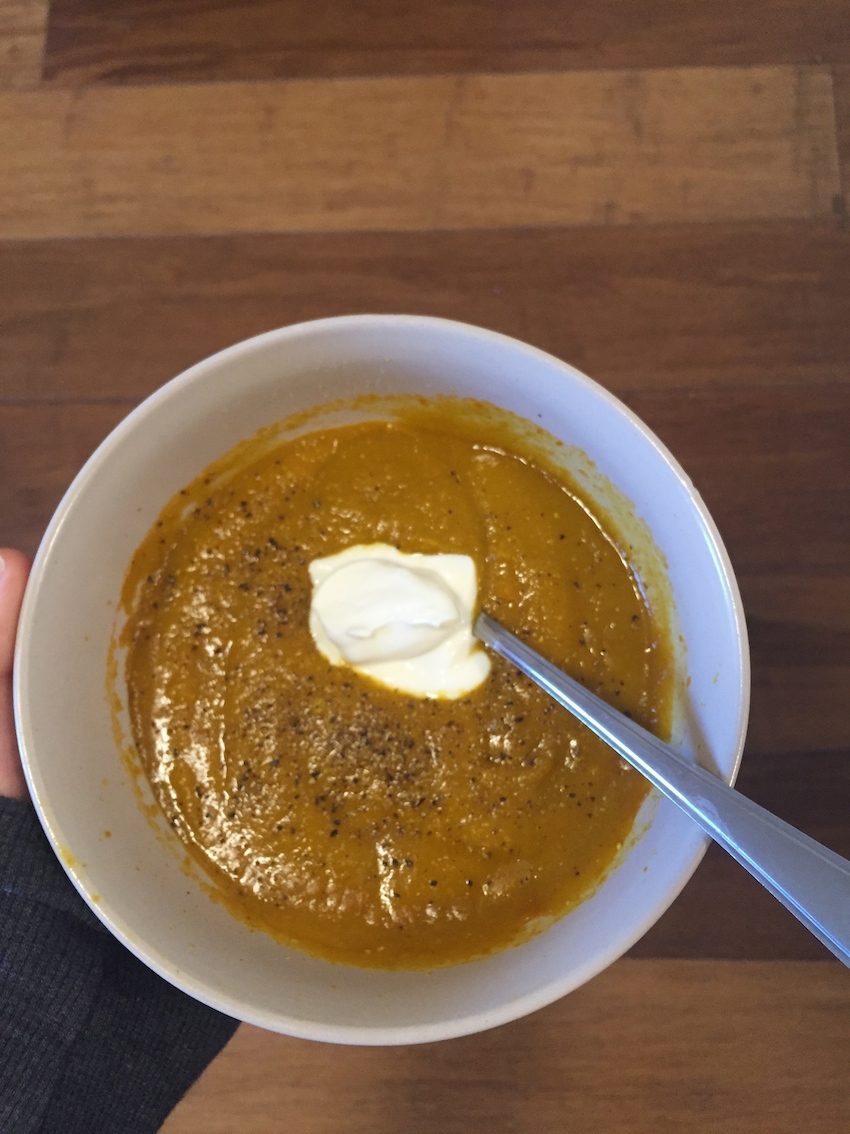Top 5 Reasons to Regularly Eat Legumes
2016 is the International Year of Pulses (IYP16), a year dedicated to raising awareness about these protein and fibre-rich parcels of nourishment, and encouraging inventive new uses throughout the food chain. So, what are pulses anyway? In Australia pulses are generally called legumes, however, legume is the broader term encompassing pulses, fresh peas and beans, peanuts and soybeans. Pulses refer to legume crops harvested for their dry gains, such as lentils, red kidney beans, lima beans, cannellini beans, mungbean, chickpeas etc. Anyway, confusion aside I will just use the term legumes, as it is most commonly used in Australia. So as you might imagine, if a food has a whole year dedicated to it, it must be pretty special, right?! Well you are right! Legumes are quite an amazing food group, in fact, they are included in the vegetable category of the Australian Guide to Healthy Eating (AGTHE), AND the lean meat and poultry section, because of their impressive nutrient profile.
Legumes have many endearing qualities, and here are my top 5 reasons to love them:
1. They're cheap - canned legumes are cheap and easy, but dried legumes are really where it's at in terms of cheap eats. You can buy a bag of lentils of dried beans for a couple of dollars, and this is enough for a couple of weeks worth of meals! Soaking and rinsing dried legumes before cooking can help make them easier to digest and also decreases their cooking time. Canned legumes should also be rinsed before eating.
2. They're high in dietary fibre - just like veggies, and this is why they are included in the vegetable category of the AGTHE. Fibre is essential for healthy bowels, and also fills us up without providing excessive calories, which means legumes are fantastic for weight management as well. Legumes also contain soluble fibre, which slows digestion and can help to stabilise blood glucose levels in individuals with diabetes, and may help to lower LDL (bad) cholesterol levels.
3. They're packed with plant protein (this is why they are included in the lean meat and poultry section of the AGTHE), which makes them a great way for vegetarians to consume adequate protein. This is great for meat-eaters as well, as regularly including legumes as the protein source in your meals will significantly reduce your grocery bill.
4. They are a good source of low GI carbohydrates - carbohydrates provide our bodies with energy, and low GI carbohydrates are broken down more slowly which means that we are provided with a stable release of energy. This also ensures that we are kept fuller for longer.
5. They contain a range of vitamins and minerals - legumes are high in B-group vitamins (especially folate), iron, calcium, phosphorous, zinc and magnesium, which are essential for a range of the bodies functions, including: bone building, energy production, muscle contraction, oxygen transportation, and the consumption of folate is especially important for women of child-bearing age, as it is essential in the development of a healthy foetus, in particular for preventing neural tube defect.
Plus, legumes can be a super delicious addition to meals (as long as they're properly cooked) and they're naturally gluten free, which is great it you're intolerant. Need some inspiration? Have a look at some of the ways I've been enjoying legumes recently:



If you found this article helpful, share it on!
References:
http://daa.asn.au/for-the-public/smart-eating-for-you/nutrition-a-z/fibre/
http://www.fao.org/pulses-2016/en/
https://www.eatforhealth.gov.au/guidelines/australian-guide-healthy-eating
http://daa.asn.au/for-the-public/smart-eating-for-you/nutrition-a-z/folate-for-women-of-childbearing-age/